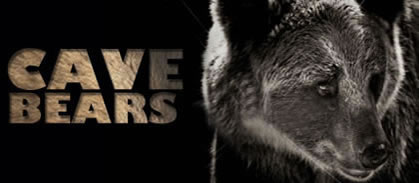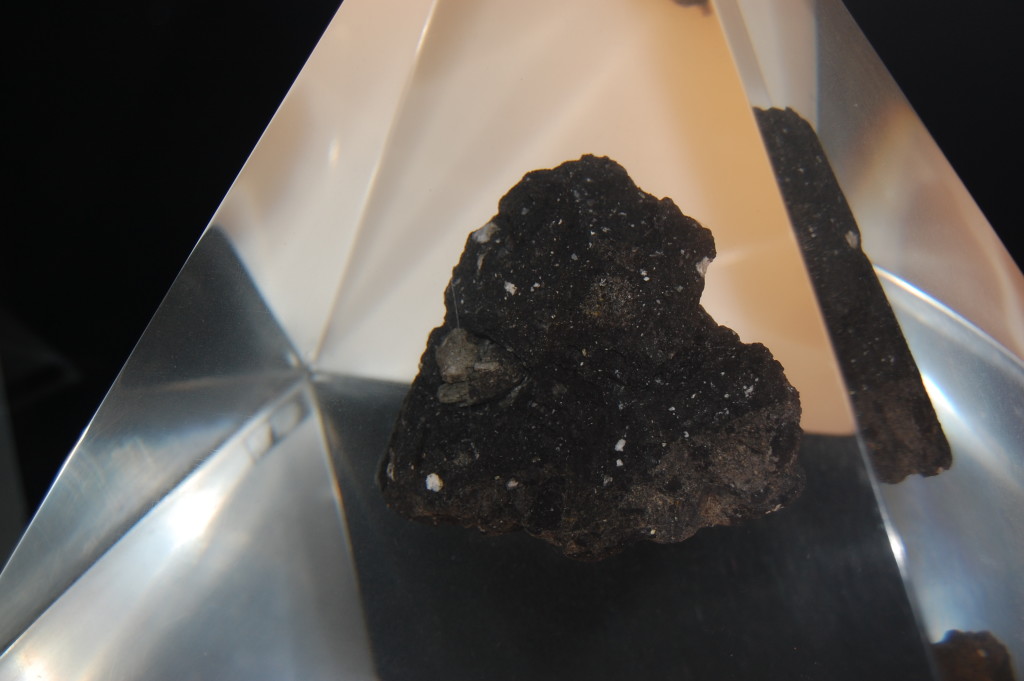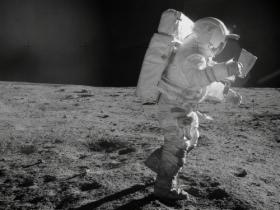Museum CEO Neal Naranjo says last year the museum displayed a small sample for a short time, and more than 330 school tours came through the museum to see it.“People in my generation would wait in line for hours to get tickets, and then wait in line for hours to even get to see a moon rock with your ticket. So now, it’s a lot more accessible,” Naranjo said.There are 80 moon rock samples on display worldwide, according to Johnson Space Center exhibit manager Beth LeBlanc. She says lunar displays give museumgoers a better understanding of what space is like. While LeBlanc often places these lunar samples at much larger museums, she says NASA appreciates that this lunar sample will maintain a high profile in the Naranjo Museum.“Rather than just being in a static exhibit on its own in a large museum, the Naranjo Museum has been working very hard to provide many, many classrooms opportunities to come in with programming. For us, this sample seemed like it would be very well used at the Naranjo Museum,” LeBlanc said.Neal Naranjo says his museum attracted more than 100,000 visitors from 33 countries last year, its first full year of operation.The rock is encased in an acrylic pyramid, safe from air and moisture. Naranjo plans to create a short video to accompany the display with input from NASA experts.
Also at the museum:
Become a Naranjo Museum Member

INDIVIDUAL MEMBERSHIP $30 -Free Admission for 1 year -Quarterly Newsletter -Special invitation to Members-only events FAMILY MEMBERSHIP $60 -Free annual admission for two named adults and all n ...
More On Blog »Museum Grand Opening Reception
Colossal Cocktail Reception & Celebration at The Naranjo Museum of Natural History Enjoy the museum up close with fabulous food, beer and wine (adults will be responsible for their children). Doo ...
More On Blog »Search the Museum
Naranjo Museum of Natural History
| Tickets | Price |
|---|---|
| Age 3 & under | Free |
| Age 4 to 18 | $5.00 |
| Adults | $8.00 |
Hours of Operation
Monday: Closed
Tues. - Sat.: 10 AM to 6 PM
Sunday: 1 PM to 6 PM
Final Admission: 5 PM
For more information, call
(936) 639-3466


